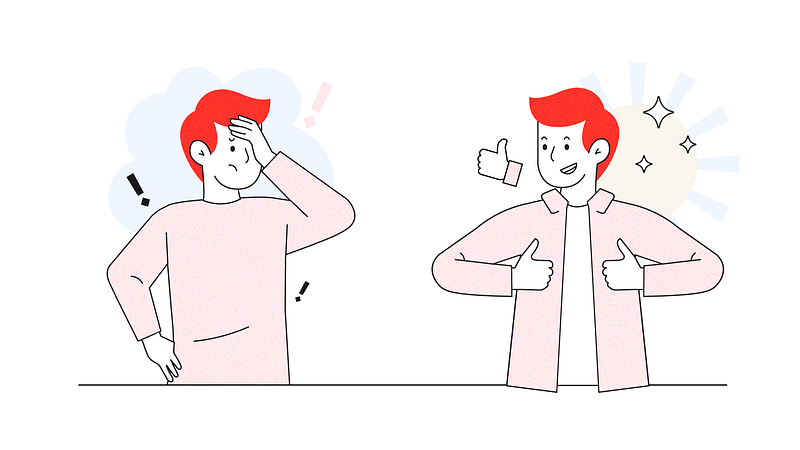Today, Employee experience is one of the main HR trends because business is not only about money it’s also about people.
What is Employee Experience?
EX is a complex system that includes satisfaction, involvement, work comfort, and bonuses or compensation. However, there are other global aspects.
For an employee their experience summarizes their professional and career path and doesn’t end even after the employee changes the workplace.
The EX system includes processes of interview, onboarding, and education; also it includes work results, teamwork, and involvement in corporate culture.
Main EX components. Why is it important for business?
It’s all pretty simple — a positive experience consists of three things:
EX-processes
are about understanding business processes, automation of daily and other types of tasks. How can you make it simpler? Help the employee to focus on the main and push away the rest.EX-environment
is about the satisfaction one gets from their workplace: office interior design, work equipment and other work related infrastructure.EX-emotions
are about the team. Top-management, team leads and founders work together to add positive emotional colors to the day of an employee.As for negative EX, it consists of all the same things but reversed: incompetent recruitment, frequent job declines, bad onboarding, complete lack of adaptation process. All of it forms the first EX about a company.
The EX can drop after the adaptation period for a number of reasons: ill-functioning and uncooperative business processes, lac of work autonomy, bureaucracy. An experience of bad teamwork in the past can haunt an employee in the future.
A satisfied employee is eager to work. This will positively affect your service or product. That will bring new clients. Everybody is happy.
What will happen if the EX is negative? All of the adjectives above will switch to their antonyms.
Of course, EX is very important for professional and career development of the employees themselves. However, a positive or negative experience may directly affect the organization culture in the company and business results. One may conclude that productivity and profitability of a business is directly dependent on the EX of employs.
5 Steps for positive EX (and happier employees)
- Improve the onboarding process and show the newcomer that they are an important part of the team. Develop a competence matrix and talk the candidate through their future professional development. Introduce them to the whole team, if teammates are located in different cities/countries — set up an informal online meeting.
- Say no to extra paperwork! Create a basic list of FAQ. This will optimize work processes and save everyone’s time.
- Always be open to feedback. Don’t forget about the intangible rewards for employees, this will show their value both personal and as part of the team. The negative feedback is even more important, it may highlight what needs to be improved.
- Tell about business goals and engage the team to the realization of those goals. It will help the company to measure success and help the employees to feel involved and valued by the team, business, and clients.
- Create a culture of honesty and transparency. Be straight with your employees and set a transparent mechanism for work and processes. Employees must always be sure that they can provide feedback and receive an honest answer.
Employee experience is a collective responsibility because together you are stronger than alone.
If it seems to you that time came for changes inside the team and in personal EX — that’s true. Analyze the experience of your employs and yourself, mark main points that need adjustment and make your employs and teammates happy right away!
Thanks for reading! See you in the next article.
Learn more about Glow Design Agency in our Instagram, LinkedIn, Facebook and Twitter . And share this article with your friends!
From Glow with Love❤️








